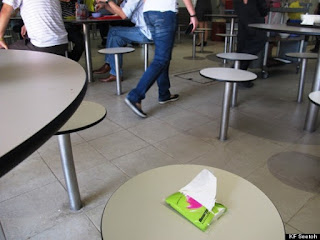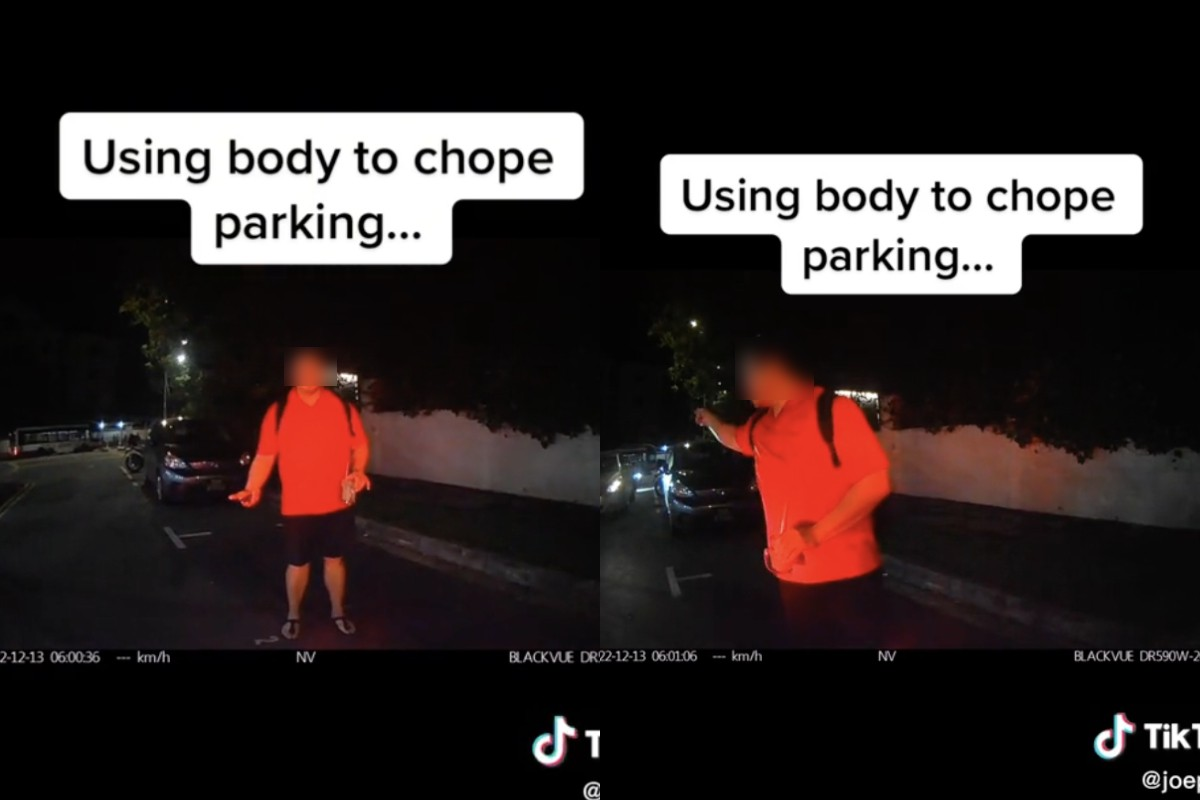Singapore Commits to Achieve Net Zero Emissions by 2050 and to a Revised 2030 Nationally Determined Contribution
Singapore will raise our national climate target to achieve “net zero emissions by 2050” as part of our Long-Term Low-Emissions Development Strategy (LEDS). We will also “reduce emissions to around 60 million tonnes of carbon dioxide equivalent (MtCO2e) in 2030 after peaking emissions earlier” as part of our revised 2030 Nationally Determined Contribution (NDC). Singapore will submit these updates to the LEDS and 2030 NDC to the UNFCCC by the end of 2022.
This revision to Singapore’s national climate target builds upon our current LEDS and NDCs, as well as Singapore’s early actions towards sustainable development since independence. In 2009, Singapore had pledged to reduce our emission by 16% below Business-as-Usual (BAU) levels by 2020 ahead of the Copenhagen Summit under the Copenhagen Accord. Singapore has achieved this pledge – our 2020 emissions of 52.8 MtCO2e is equivalent to 32% below our Business-as-Usual (BAU) levels[1], and gives us confidence to raise our climate ambition.
Given that Singapore is an alternative energy disadvantaged island city-state, these targets are contingent on technological advances and the economic viability of low-carbon technologies such as hydrogen and carbon capture, utilisation and storage (CCUS), as well as effective international collaborations in areas such as carbon credits and renewable energy imports. Singapore’s ability to fulfil our pledges, like all Parties, will depend on the continued international commitment by Parties to the Paris Agreement and their climate pledges.
Are net zero emissions by 2050 possible
Can the world really reach net zero emissions by 2050? Yes, says a new study – but we’ll need to make some big changes.
Climate pledges from governments so far will fall well short of what is needed, according to the International Energy Agency (IEA) report Net Zero by 2050: a Roadmap for the Global Energy Sector. Ensuring we add no more CO2 emissions to the atmosphere than we remove is considered to be essential if we are to limit global warming to 1.5C above pre-industrial levels. Experts say doing this could reduce the chances of extreme heatwaves, droughts and floods by the end of the century. There are implications for food supplies, livelihoods and biodiversity across the world.
So how can we get to carbon neutrality? The IEA’s roadmap calls for a total transformation of the energy systems that underpin our economies. And it warns the gap between talk and action must close now:
- The world can reach net zero emissions by 2050, but it will require some big changes, according to a new study.
- Our energy systems will need to be totally transformed, the International Energy Agency report Net Zero by 2050 says.
- Huge declines in the use of coal, oil and gas will be essential.
- These charts show what these changes could mean for the economy, citizens and governments.
related:
What would it take to reach net-zero global emissions by 2050?
More than 70 countries have pledged to cut their greenhouse gas emissions to net zero by mid-century. And in order to achieve the Paris Agreement’s goal of limiting global warming to 1.5 degrees Celsius above pre-industrial levels, the Intergovernmental Panel on Climate Change projects the world would need to reach net-zero emissions by 2050.
Such a transition would require colossal change throughout the global economy, according to a new report from the McKinsey Global Institute, citing an average of $9.2 trillion in annual spending on physical infrastructure through 2050— $3.5 trillion more than current yearly spending. “Almost every aspect of our economic lives is going to change as a result of the net-zero transition,” Mekala Krishnan, the lead author of the report and a partner at the McKinsey Global Institute, told Marketplace’s David Brancaccio.
As daunting as the transition may sound, Krishnan emphasized its importance. “For all the complexities and the challenges associated with this, ultimately, it does result in a very real benefit. Let’s remember why we’re doing this in the first place: We’re doing this because investing in the net-zero transition helps us reduce the odds of the most catastrophic impacts of climate change: loss of life, loss of property, loss of our natural environment,” said Krishnan. “We talk about these as costs but, really, I would think about these as investments.”
Net-zero commitments must be backed by credible action
What is net zero?
- Put simply, net zero means cutting carbon emissions to a small amount of residual emissions that can be absorbed and durably stored by nature and other carbon dioxide removal measures, leaving zero in the atmosphere.
Why is net zero important?
- The science shows clearly that in order to avert the worst impacts of climate change and preserve a livable planet, global temperature increase needs to be limited to 1.5°C above pre-industrial levels. Currently, the Earth is already about 1.1°C warmer than it was in the late 1800s, and emissions continue to rise. To keep global warming to no more than 1.5°C – as called for in the Paris Agreement – emissions need to be reduced by 45% by 2030 and reach net zero by 2050.
How can net zero be achieved?
- Transitioning to a net-zero world is one of the greatest challenges humankind has faced. It calls for nothing less than a complete transformation of how we produce, consume, and move about. The energy sector is the source of around three-quarters of greenhouse gas emissions today and holds the key to averting the worst effects of climate change. Replacing polluting coal, gas and oil-fired power with energy from renewable sources, such as wind or solar, would dramatically reduce carbon emissions.
Is there a global effort to reach net zero?
- Yes, a growing coalition of countries, cities, businesses and other institutions are pledging to get to net-zero emissions. More than 140 countries, including the biggest polluters – China, the United States, India and the European Union – have set a net-zero target, covering about 88% of global emissions. More than 9,000 companies, over 1000 cities, more than 1000 educational institutions, and over 600 financial institutions have joined the Race to Zero, pledging to take rigorous, immediate action to halve global emissions by 2030.
How do we ensure commitments are turned into action?
- The growth in net-zero pledges has been accompanied by a proliferation of criteria with varying levels of robustness. To develop stronger and clearer standards for net-zero emissions pledges by non-State entities such as businesses, investors, cities and regions, and speed up their implementation, UN Secretary-General António Guterres in March 2022 established a High-Level Expert Group on the Net-Zero Emissions Commitments of Non-State Entities. The Expert Group presented its recommendations at COP27 on 8 November 2022.
Are we on track to reach net zero by 2050?
- No, commitments made by governments to date fall far short of what is required. Current national climate plans – for 195 Parties to the Paris Agreement taken together – would lead to a sizable increase of almost 9% in global greenhouse gas emissions by 2030, compared to 2010 levels. To keep global warming to no more than 1.5°C – as called for in the Paris Agreement – emissions need to be reduced by 45% by 2030 and reach net zero by 2050. Getting to net zero requires all governments – first and foremost the biggest emitters – to significantly strengthen their Nationally Determined Contributions (NDCs) and take bold, immediate steps towards reducing emissions now.
Achieving net-zero emissions by 2050
Several countries have introduced targets to achieve net-zero emissions by 2050. These targets are included and achieved in the Sustainable Development Scenario (SDS), but increasingly attention is turning to what it would mean for the energy sector globally to reach net-zero emissions by 2050. This is examined in a new case in this Outlook, called Net Zero Emissions by 2050 (NZE2050).
Decisions over the next decade will play a critical role in determining the pathway to 2050. For this reason, we examine what the NZE2050 would mean for the years through to 2030. Total CO2 emissions would need to fall by around 45% from 2010 levels by 2030, meaning that energy sector and industrial process CO2 emissions would need to be around 20.1 Gt, or 6.6 Gt lower than in the SDS in 2030.
Realising the pace and scale of emissions reductions in the NZE2050 would require a far-reaching set of actions going above and beyond the already ambitious measures in the SDS. A large number of unparalleled changes across all parts of the energy sector would need to be realised simultaneously, at a time when the world is trying to recover from the Covid-19 pandemic. Primary energy demand in the NZE2050 falls by 17% between 2019 and 2030, to a level similar to 2006, even though the global economy is twice as large. Electrification, efficiency gains and behaviour changes are central to achieving this. Coal demand falls by almost 60% over this period to a level last seen in the 1970s.
Net zero emissions
Global net zero emissions describe the state where emissions of greenhouse gases due to human activities and removals of these gases are in balance over a given period. It is often called simply net zero.[2] In some cases, emissions refers to emissions of all greenhouse gases, and in others it refers only to emissions of carbon dioxide (CO2). To reach net zero targets requires actions to reduce emissions. One example would be by shifting from fossil fuel energy to sustainable energy sources. Organizations often offset their residual emissions by buying carbon credits.
People often use the terms net zero emissions, carbon neutrality, and climate neutrality with the same meaning. However, in some cases, these terms have different meanings from each other. For example, some standards for carbon neutral certification allow a lot of carbon offsetting. But net zero standards require reducing emissions to more than 90% and then only offsetting the remaining 10% or less to fall in line with 1.5°C targets.
In the last few years, net zero has become the main framework for climate action. Many countries and organizations are setting net zero targets. As of November 2023, around 145 countries had announced or are considering net zero targets, covering close to 90% of global emissions. They include some countries that were resistant to climate action in previous decades. Country-level net zero targets now cover 92% of global GDP, 88% of emissions, and 89% of the world population.[9] 65% of the largest 2,000 publicly traded companies by annual revenue have net zero targets. Among Fortune 500 companies, the percentage is 63%. Company targets can result from both voluntary action and government regulation.
Solar Power in Singapore by 2030
Raffles Lighthouse on Pulau Satumu, the southernmost islet in Singapore waters
A renewable energy farm could be built in the waters around Raffles Lighthouse, with a feasibility study expected to begin in the fourth quarter of this year. The Maritime and Port Authority of Singapore (MPA) told CNA that it has earmarked 30ha around the island and is looking into installing solar panels above the sea surface and tidal turbines underwater.
Observers said it would be the first facility in Singapore to combine harnessing energy from the sun as well as tides on a large scale. The total energy generated in a year could power the equivalent of 1,000 four-room Housing Board flats, said an expert. It would likely be used to charge electric harbour craft, in line with upcoming requirements to decarbonise the maritime industry.
From 2030, new harbour craft in the country must be fully electric, be able to use cleaner biofuels or be compatible with net-zero fuels such as hydrogen. This comes amid a push for all harbour craft and pleasure craft to achieve net-zero emissions by 2050, as part of the national climate ambition.



























